-
 Costa Calma
Costa Calma -
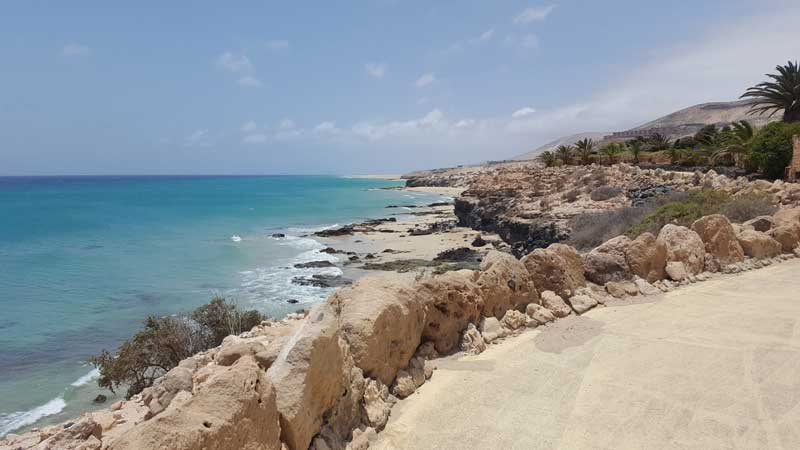 Costa Calma 2
Costa Calma 2 -
 Costa Calma 3
Costa Calma 3 -
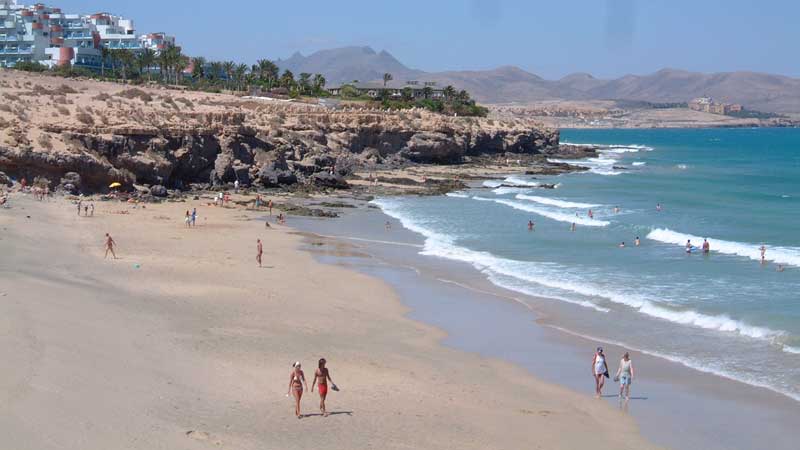 Costa Calma 4
Costa Calma 4 -
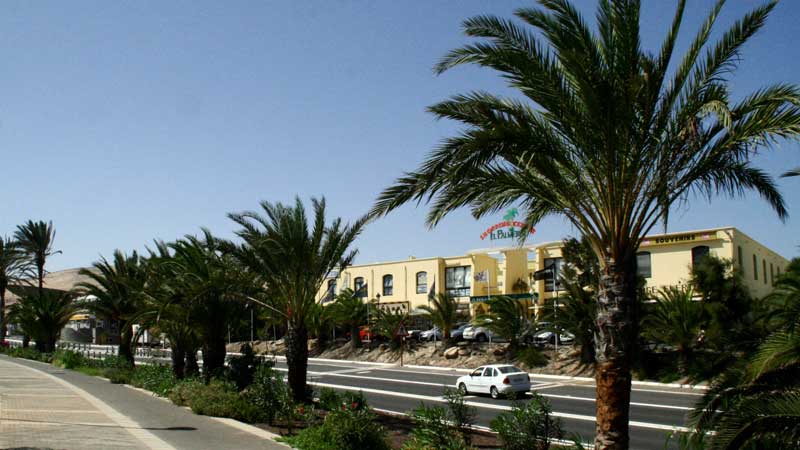 Costa Calma 5
Costa Calma 5 -
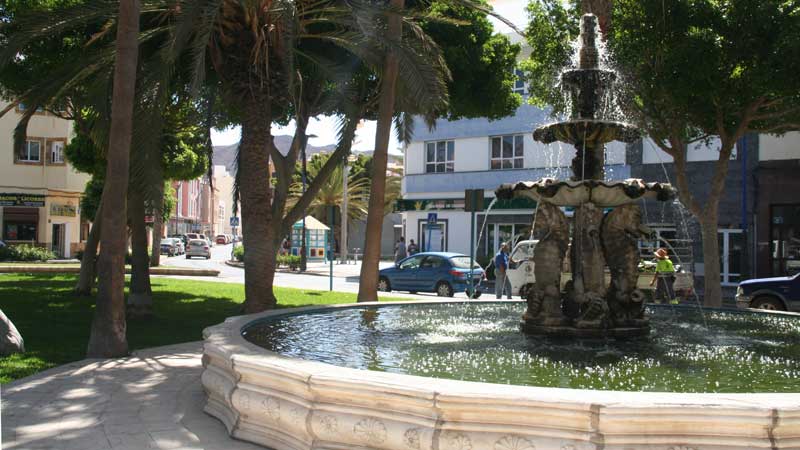 Gran Tarajal
Gran Tarajal -
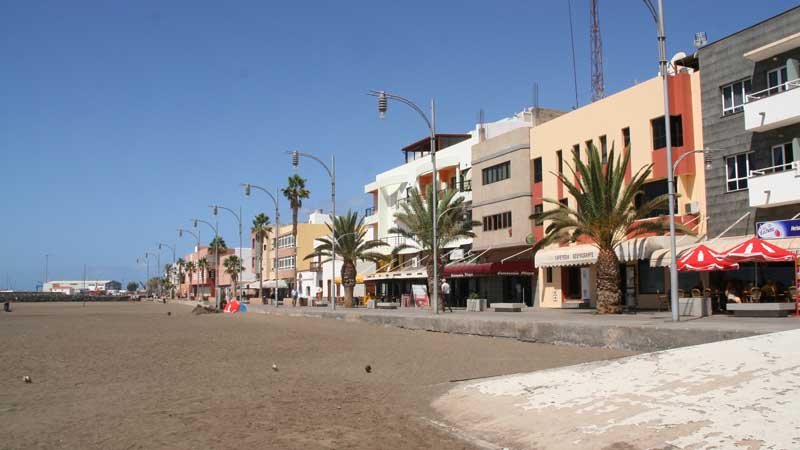 Gran Tarajal 2
Gran Tarajal 2 -
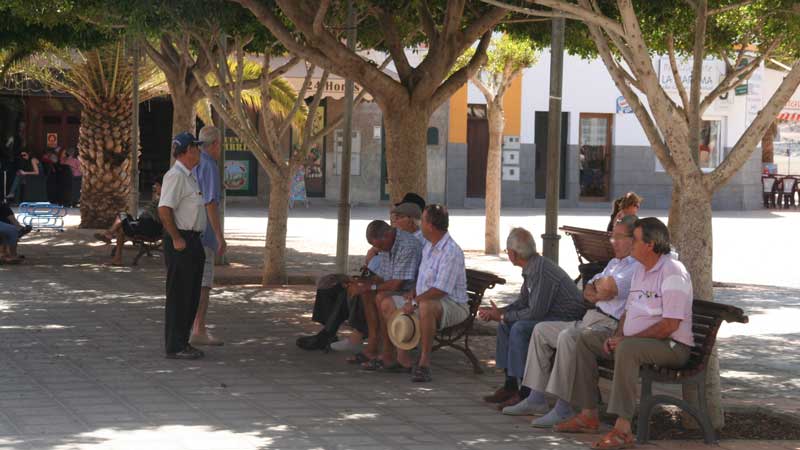 Gran Tarajal 3
Gran Tarajal 3 -
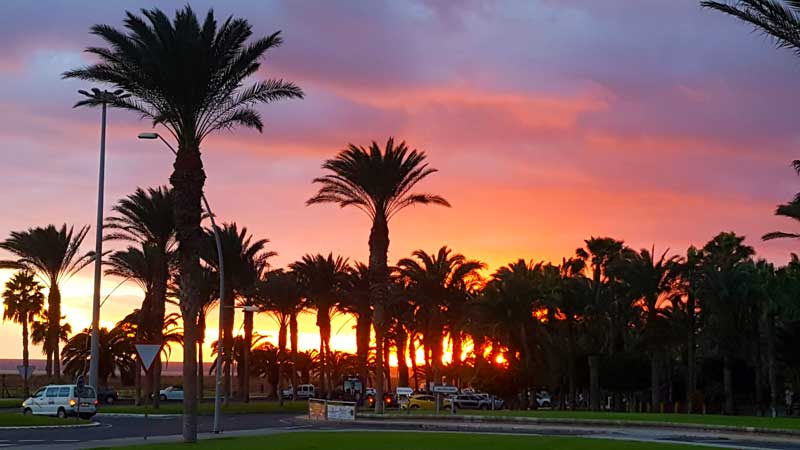 Jandía 4
Jandía 4 -
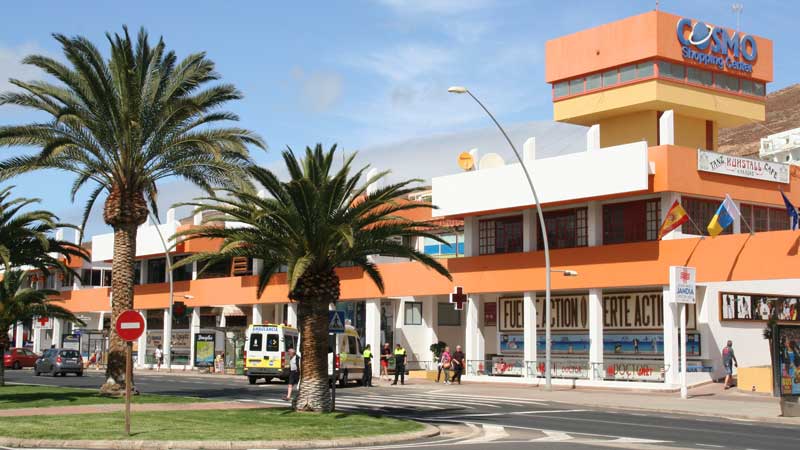 Jandía 5
Jandía 5 -
 Jandía 6
Jandía 6 -
 Jandía 7
Jandía 7 -
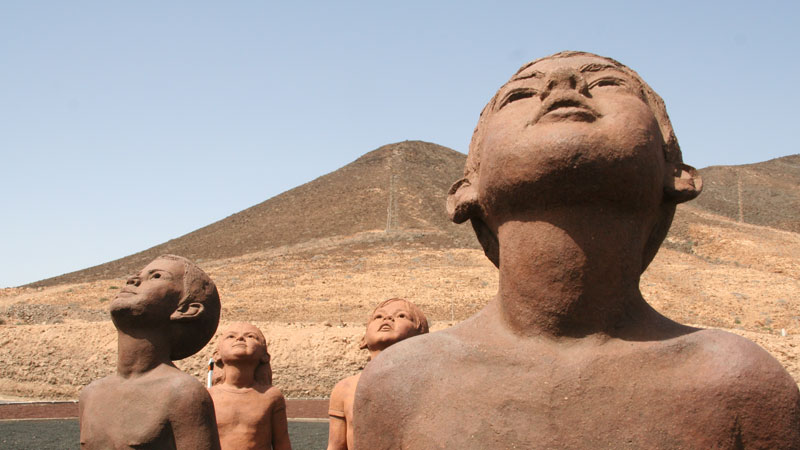 Jandía 8
Jandía 8 -
 La Lajita
La Lajita -
 La Lajita 2
La Lajita 2 -
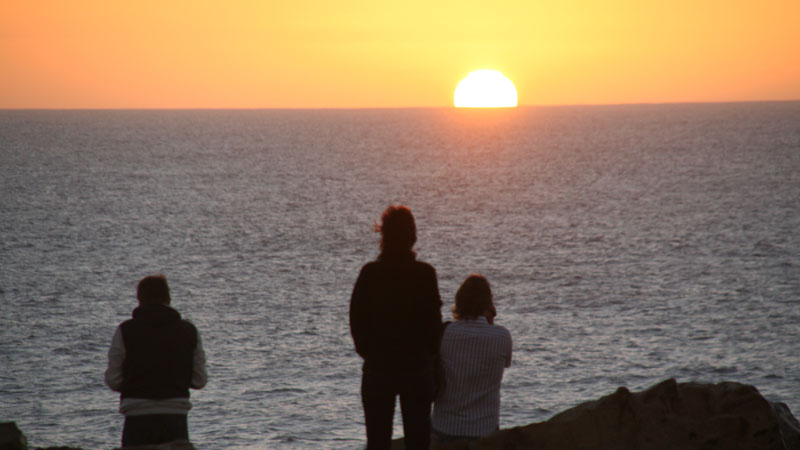 La Pared
La Pared -
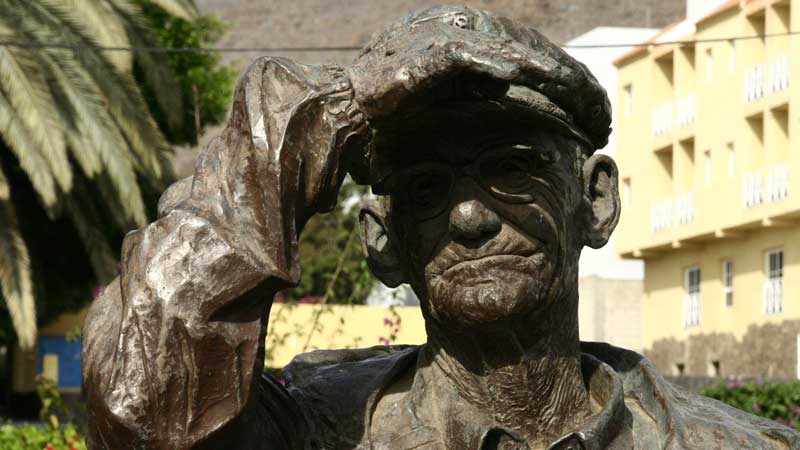 Morro Jable 1
Morro Jable 1 -
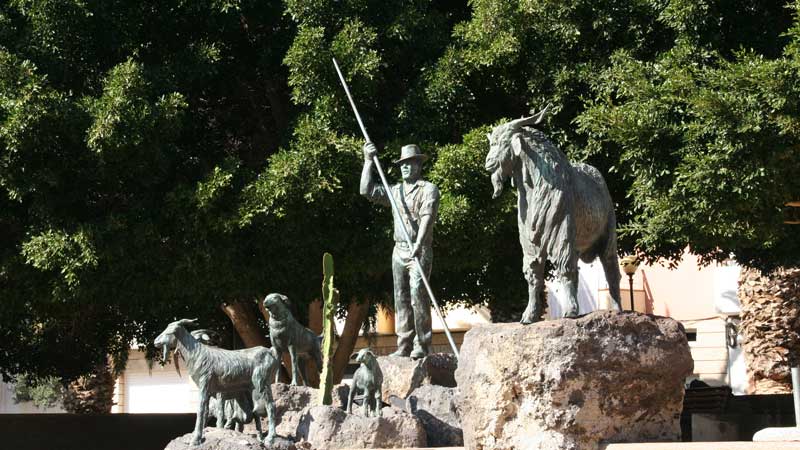 Morro Jable 10
Morro Jable 10 -
 Morro Jable 11
Morro Jable 11 -
 Morro Jable 12
Morro Jable 12 -
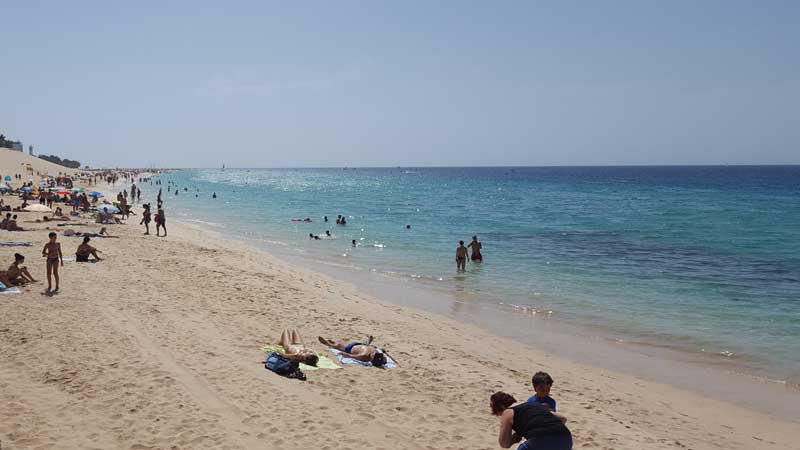 Morro Jable 14
Morro Jable 14 -
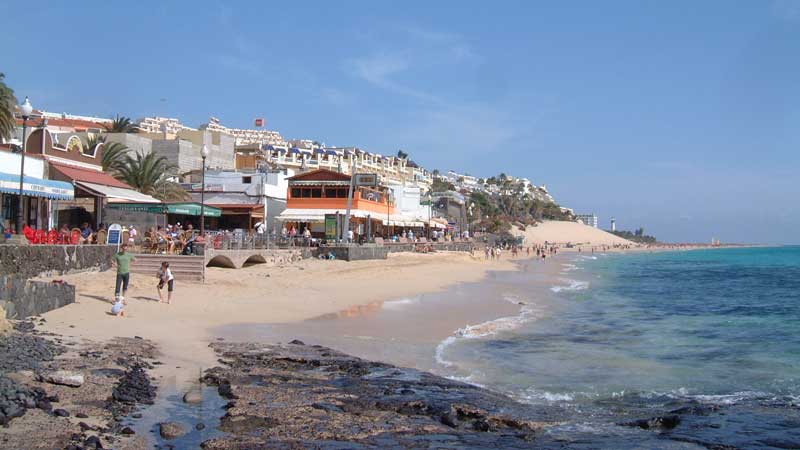 Morro Jable 15
Morro Jable 15 -
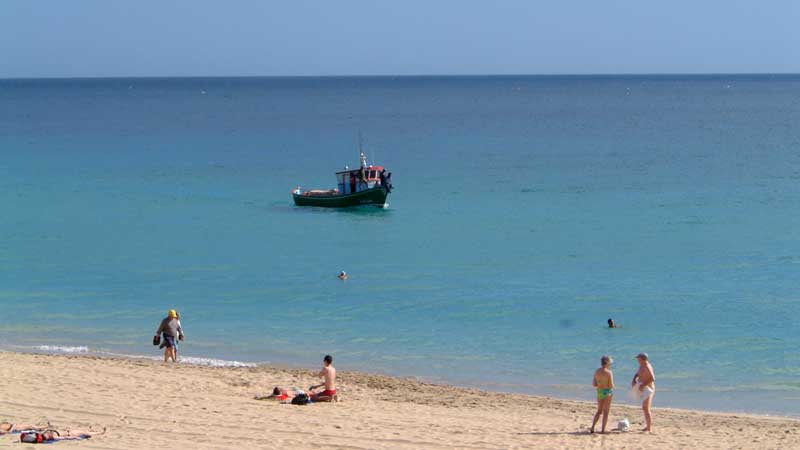 Morro Jable 16
Morro Jable 16 -
 Morro Jable 17
Morro Jable 17 -
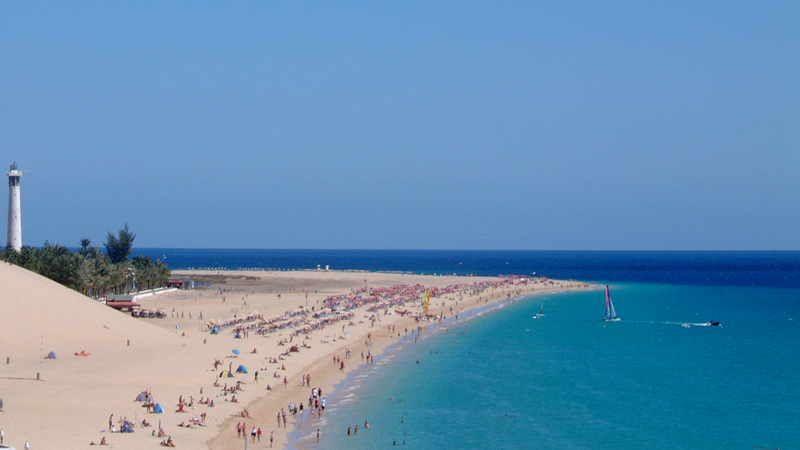 Morro Jable 18
Morro Jable 18 -
 Morro Jable 19
Morro Jable 19 -
 Morro Jable 20
Morro Jable 20 -
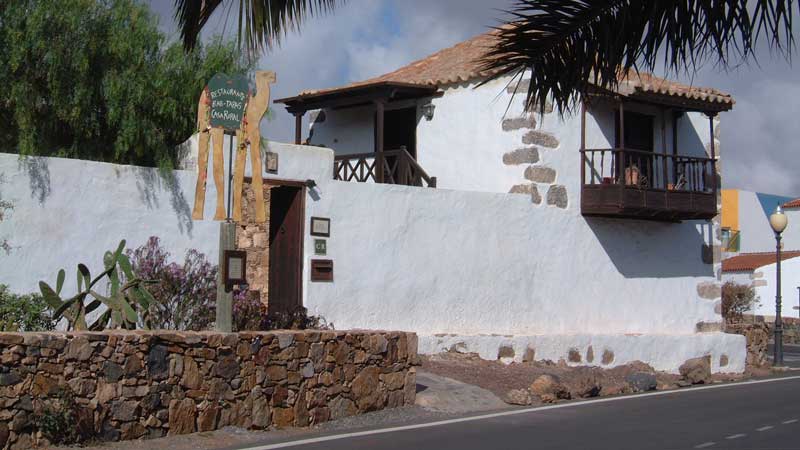 Pájara 2
Pájara 2 -
 Pájara 3
Pájara 3 -
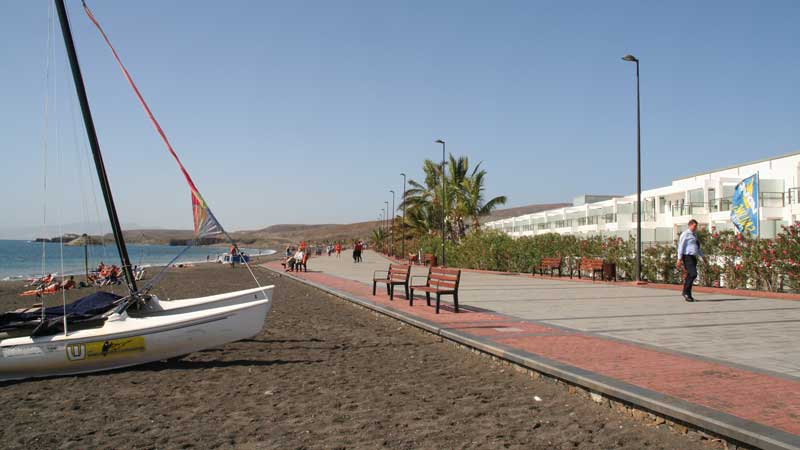 Tarajalejo
Tarajalejo




Costa Calma: has been built from scratch. The first hotel was built in 1977, but the real boom started only in 1984, after completion of the main road through the resort. Costa Calma has different “centres” which are surrounding individual Shopping Centres and all of them have their particular atmosphere. In almost each of them you can find a good choice of restaurants, bars and shops. Thanks to effective water recycling, the resort has become a green area where it is nice to stroll through. A fine walk (2,5h one-way) goes from Costa Calma to La Pared and starts close to the petrol station. And at low tide you can walk on the beach from Costa Calma to Jandía. Every Sunday and Friday is “market day” at the North entrance of the village. Most famous is the area for its spectacular beaches and the yearly surfing contests at the Playa de Sotavento.
Jandía: just before entering Jandia you will be offered a special treat: the statues of children watching the skies. A very popular subject to photographers, but don’t park blindly there as you will be fined. Jandia has been developed for tourism because of the presence of fantastic beaches. More recently it also has gained popularity from hikers as many tracks have been developed/modernised which will bring you to spots with breathtaking views. Many tracks are suitable for families. The lighthouse is dominating the sea view and adds to the atmosphere at night. You will find a selection of good restaurants and bars and plenty of shops along the stretch. A part of the stretch even is covered by a gallery which provides a welcome protection from the sun. Every Monday and Thursday is “market day” at the shopping centre “Cosmo”, almost at the South end of the village.
Morro Jable: is an old fisherman’s village that has been able to keep most of its original atmosphere. It is built on the slope of a hill. The promenade on the shore has many shops, restaurants and bars, but also look around in the renewed little streets and corners as you will be rewarded by some more good restaurants, bars, shops, nice views and peace. You will find some statues that represent local inhabitants and their profession. They are remarkably real! The sand on the beach at Morro Jable comes and goes with the seasons and the direction of the waves. Follow the seaside promenade towards the church till the end and take the first tiny alley to your left. As you climb up the hill to the church, you will be surprised by the magnificent view. Morro Jable has a harbour where you can visit the Sea Turtle farm, a long-term initiative from the local government to re-introduce sea turtles on Fuerteventura. When entering the harbour area, take right at the first roundabout and continue for 100m. A bit further on the waterline and in front of the restaurant Cofradia you can watch enormous sting rays swimming by.
Pájara: is another typical peaceful town that hasn’t changed a lot. It was a farming town and the buildings in traditional style have been restored carefully. The church “Nuestra Señora de Regla” was built in 1687 and has spectacular wall coverings. If you walk the area around the church, you will enjoy the presence of abundant greenery.
Gran Tarajal: has a long sea side promenade, a beach with black sand and a cosy centre. It was once a major industrial harbour to export local crops. It also has a marina.
La Pared: this small tourist development on the West coast is surrounded by impressive mountains. Nice beaches to enjoy breathtaking sunsets.
La Lajita: a cosy village where time virtually stood still.
Tarajalejo: tranquil village with a long sea promenade.
